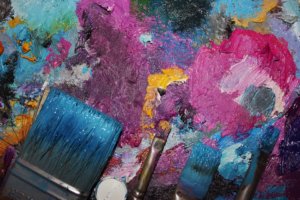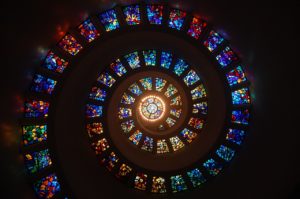Screen printing is type of printing method particularly compatible for flat or quite flat surfaces. It is mostly used for t-shirts, garments and other types of fabrics. Screen printing could further be used for all sorts of other substrates from plastic to metal. Even though tiny and complex details can be gathered, screen printing is preferably suitable for bold and graphic designs.
The chief process comprises of fine mesh or screen, which is strongly stretched around a stiff frame. The areas that could not be printed are masked out on the screen. To make a print, the framed screen is placed over the things to get printed with a dollop of thick ink. A squeegee is further used to push the ink all through the screen.
The masked areas put off ink from aggregating through, but the unmasked areas permit the ink to be embossed on the available material. The last step is to send the things on a conveyor belt by way of a heat-tunnel. This method is generally well compatible for simple one or two color graphics but is vain for more multifaceted prints. For multicolor jobs, screen-printers normally use photosensitive emulsions to generate the masked areas. This curative course makes sure that the inks dry fast so that they materials could be heaped or packaged. Properly treated inks would certainly stay on the printed substrate even under cruel conditions.
If more flag are preferred in the last design, the course is then recurring with unlike screens. Therefore, a design that needs four various colors would need four different screens. The screens are generally located on a rotating press that permits the different color prints to be correctly aligned or get recorded with each other. Some screen-printers have completely automatic presses, which do not need any manual labor other than system and loading/unloading.
When a screen-printer prints items on dark, a base print might be needed to make sure that the colors uphold their vivacity. Any foundation color (usually white) is applied anywhere the final print is preferred; it is then flash-cured and the following colors are printed on the top. This flash-curing method adds another step to the course, but makes sure sparkling prints on dark or even black materials.





